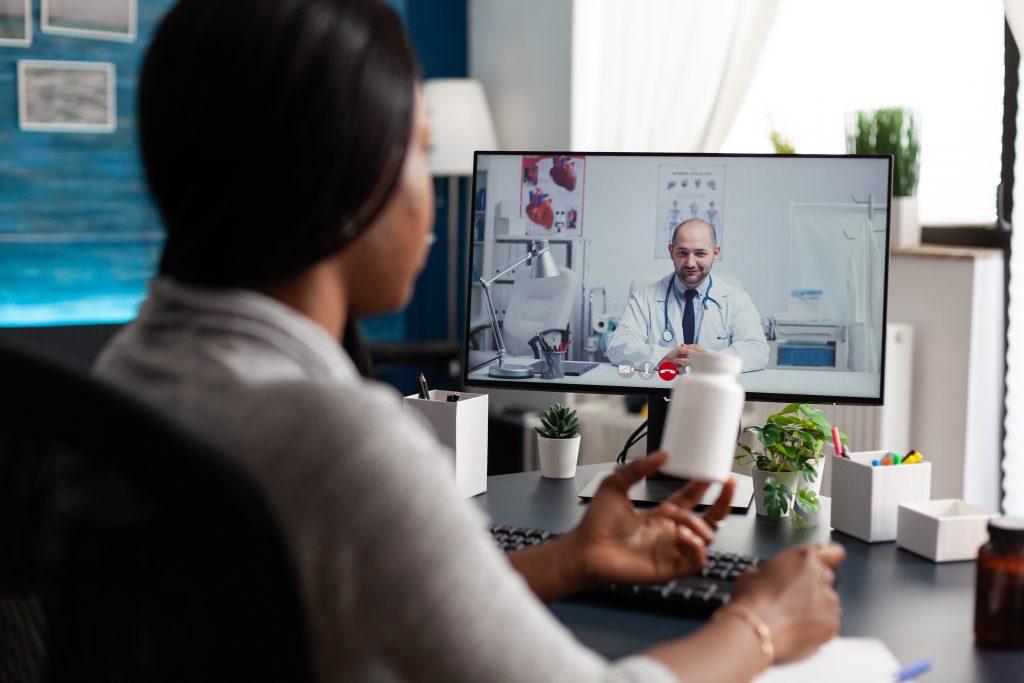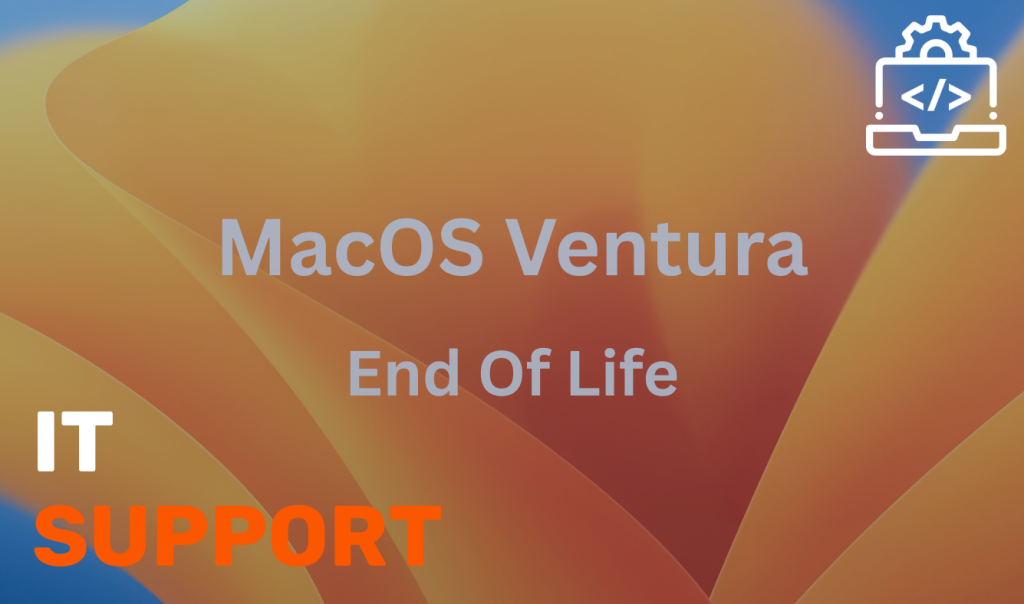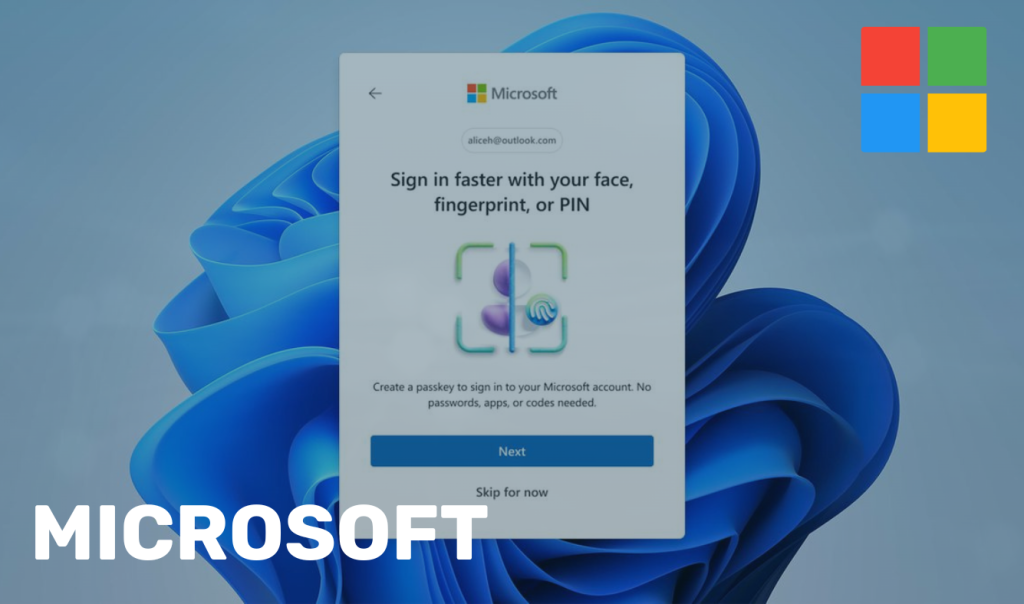Telemedicine has undergone a remarkable transformation in recent years, evolving from a niche service to a fundamental component of modern healthcare. Advancements in Information Technology (IT) have been pivotal in this evolution, enabling healthcare providers to deliver care remotely with unprecedented efficiency and effectiveness.
As we look ahead, the integration of cutting-edge technologies promises to further revolutionise Remote healthcare, enhancing patient outcomes and accessibility.

The Evolution of Telemedicine
Initially, telemedicine was primarily utilised to provide medical consultations to patients in remote or underserved areas. However, the landscape has dramatically shifted, especially in the wake of the COVID-19 pandemic, which accelerated the adoption of remote healthcare solutions.
Today, telemedicine encompasses a broad spectrum of services, including virtual consultations, remote patient monitoring, and mobile health applications. This expansion has been facilitated by advancements in IT infrastructure, such as high-speed internet, secure data transmission, and user-friendly digital platforms.
Key Technologies Shaping the Future of Telemedicine
1. Remote Patient Monitoring (RPM)
Remote Patient Monitoring (RPM) involves the use of digital devices to collect and transmit patient health data to healthcare providers in real-time. This technology enables continuous monitoring of chronic conditions, allowing for timely interventions and personalized care plans.
For instance, wearable devices can track vital signs like heart rate and blood pressure, transmitting this information to clinicians who can adjust treatments as necessary. The integration of RPM into telemedicine is enhancing proactive and home-based healthcare, reducing hospital admissions, and improving patient outcomes.
2. Artificial Intelligence (AI) and Machine Learning
Artificial Intelligence (AI) and Machine Learning algorithms are increasingly being integrated into telemedicine platforms to enhance diagnostic accuracy and treatment recommendations. These technologies can analyse vast amounts of patient data to identify patterns and predict health risks, facilitating early interventions.
For example, AI-powered chatbots can provide patients with immediate responses to health inquiries, while predictive analytics can assist clinicians in developing personalized care plans. The incorporation of AI into telemedicine is streamlining workflows and improving the quality of remote care.
3. Wearable Health Devices and Mobile Health Applications
The proliferation of wearable health devices and mobile health applications has empowered patients to take an active role in managing their health. Devices such as smartwatches can monitor physical activity, sleep patterns, and other health metrics, providing users with real-time feedback. Mobile applications offer platforms for virtual consultations, medication reminders, and health education. These tools not only enhance patient engagement but also provide healthcare providers with valuable data to inform clinical decisions.
4. 5G Technology
The advent of 5G technology is set to significantly enhance telemedicine capabilities by providing faster and more reliable internet connections. This improvement facilitates high-quality video consultations, real-time data sharing, and the seamless operation of complex applications.
For example, 5G enables the transmission of large imaging files quickly and supports the use of augmented reality (AR) and virtual reality (VR) in remote diagnostics and treatment. The low latency and high bandwidth of 5G are critical for the expansion and effectiveness of telemedicine services.
The Impact of IT on Remote Healthcare
The integration of IT into telemedicine has yielded numerous benefits, including:
- Enhanced Accessibility: Patients in remote or underserved areas can access healthcare services without the need to travel, reducing geographical barriers.
- Improved Patient Outcomes: Continuous monitoring and data analysis enable early detection of health issues, leading to timely interventions and better management of chronic conditions.
- Cost Efficiency: Remote consultations and monitoring reduce the need for hospital visits and admissions, lowering healthcare costs for both providers and patients.
- Patient Engagement: Digital tools empower patients to actively participate in their healthcare, leading to increased adherence to treatment plans and healthier lifestyles.
The Role of CRM and ERP in the Future of Telemedicine
As telemedicine becomes the future of healthcare, the need for intelligent systems that streamline operations, manage patient data, and enhance care delivery is more pressing than ever. That’s where CRM (Customer Relationship Management) and ERP (Enterprise Resource Planning) solutions come in.
CRM for Remote Healthcare
Modern CRM tools tailored for healthcare allow providers to:
- Centralize patient records, appointments, and interactions in one secure platform
- Automate follow-ups, reminders, and patient engagement campaigns
- Enhance patient communication through multi-channel support (email, SMS, portals)
- Track care outcomes and personalize treatment plans based on historical data
This is especially valuable in remote patient monitoring healthcare environments, where consistent, digital-first communication is key.
ERP in Healthcare Operations
ERP systems support the back-end infrastructure that powers remote and traditional care delivery. They help healthcare organizations:
- Manage inventory, medical supplies, and procurement seamlessly
- Coordinate staff scheduling, payroll, and HR needs
- Integrate financial management with billing and insurance claims
- Streamline regulatory compliance and reporting for audits and healthcare standards
By integrating CRM and ERP with telemedicine platforms, healthcare providers can operate more efficiently, reduce manual tasks, and focus on what matters most—delivering quality care.
Challenges and Considerations
Despite the promising advancements, the future of telemedicine faces several challenges:
- Data Security and Privacy: Ensuring the confidentiality and security of patient data is paramount, necessitating robust Cybersecurity measures.
- Regulatory Compliance: Telemedicine services must navigate complex regulatory landscapes, including licensure requirements and reimbursement policies.
- Technological Disparities: Not all patients have access to the necessary technology or internet connectivity, potentially exacerbating health disparities.
- Integration with Traditional Healthcare: Seamless integration of telemedicine with in-person care is essential to provide comprehensive and coordinated healthcare services.
The future of Telemedicine is intrinsically linked to advancements in information technology. As innovations such as Remote Patient Monitoring, Artificial Intelligence, wearable devices, and 5G technology continue to evolve, they will further revolutionize remote healthcare delivery. By addressing existing challenges and leveraging these technological advancements, telemedicine has the potential to enhance healthcare accessibility, improve patient outcomes, and create a more efficient and patient-centered healthcare system.
Partner with Creative Networks to Power the Future of Healthcare
As telemedicine and Remote healthcare continue to evolve, having the right IT infrastructure, Cybersecurity protocols, and digital patient management systems in place is critical to success.
At Creative Networks, we specialize in delivering tailored IT solutions for healthcare, helping organizations stay secure, connected, and efficient in the age of digital care.
Our Services Include:
- Robust Cybersecurity to protect sensitive patient data and ensure compliance with GDPR, ISO 27001 & NHS Digital standards
- 🔹 Scalable IT Infrastructure and cloud support to power telemedicine platforms and remote monitoring in healthcare
- 🔹 Custom CRM Solutions built for healthcare providers to streamline communication, patient management, and care coordination
Empower your healthcare organisation with secure, future-ready technology.
Contact Creative Networks Today for a free consultation and discover how we can support your telemedicine journey.




